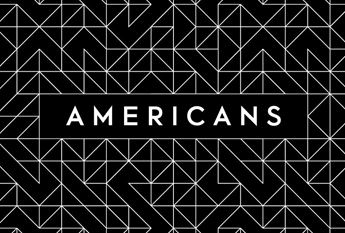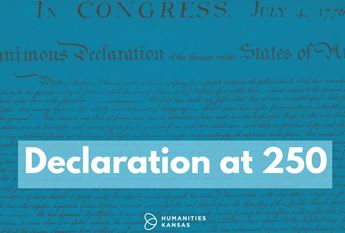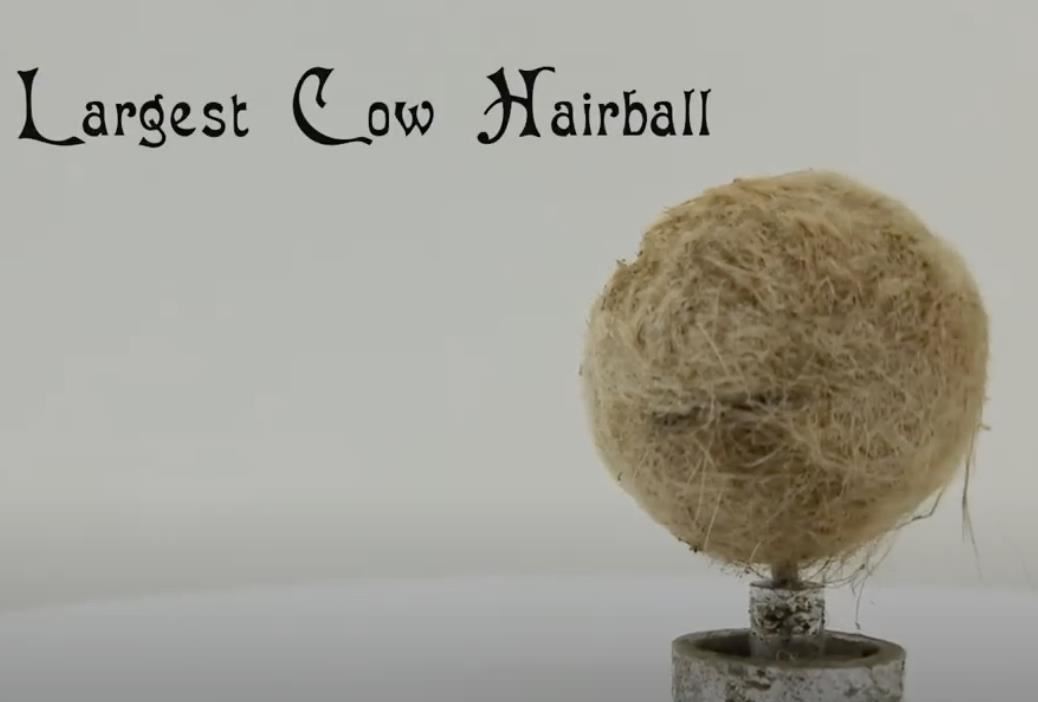

From Giant Hairballs to Tiny Paintings
July 2, 2020
The World’s Largest Cow Hairball came to Garden City in 1993. When removed from the cow’s stomach, it measured 37 inches around, and weighed 55 pounds wet.
--Wee Wonders Virtual Road Trip, “The World’s Larges Cow Hairball”
The World’s Largest Things, Inc.--“home to the world’s largest collections of the world’s smallest versions of the world’s largest things”—is located in Lucas, Kansas. The roadside museum, located just off Highway 18, usually sees bustling traffic throughout the summer, but this year, they’re seeing traffic of a different kind—web traffic.
Erika Nelson is the Director of The World’s Largest Things, Inc. and she is also the artist behind the tiny versions of the world’s largest roadside attractions that the museum showcases. In a phone interview, she shared how she’s using video and digital media to keep audiences engaged and the joy of road tripping alive during this summer’s quarantine.
“Our Roadside Sideshow Expo in downtown Lucas normally brings the stories of roadside culture to the public, as do the Mobile Museums that typically spend the summer months at a series of public festival,” said Nelson. “Since we’ve been shut down due to the pandemic, we decided to explore a virtual means of bringing the wonder of road tripping to the public that is in-line with our history of producing approachable, discovery-driven displays that speak to our unique car-based culture.”
Posted on YouTube and Facebook, each video in Nelson’s “Wee Wonders” series features a tiny version of one of Kansas’s many “World’s Largest Things”—from the world’s largest VanGogh “Sunflower” painting plus “Big Easel,” created by artist Cameron Cross, in Goodland, Kansas to the 61-ton “Concretalo,” the world’s largest concrete buffalo, created by Ray O. Smith in Longford in the late 1970s. Eventually, these short films of will be edited together into a virtual Kansas road trip video, complete with sounds from the road and images of the real monuments, and published on www.worldslargestthings.com.
Nelson was first fascinated by “world’s largest” roadside attractions as a child when, on long road trips, she often didn’t have the ability to stop the car for a closer look. Now, as an independent artist and educator, Nelson is committed to traveling across the country to track down these monuments, look closely, and reimagine them in different scales and from fresh perspectives in order to uncover the rich histories they represent. “These attractions remind me to question how I look at things,” said Nelson. “The childlike wonder at being able to mentally change form, expand, and contract is something we kind of lose as adults,” said Nelson, but she reconnects with it when making her replicas.
The world’s largest cow hairball, currently housed in the Finney County Historical Museum, is one of Nelson’s favorites for the way it reveals “the disgusting facts” that make stories stick in the mind. “It’s stories like that—'55 pounds when wet’—the little half stories that make a collection come alive.” In keeping with the facts, her tiny replica of the world’s largest cow hair ball is made by something equally icky and sticky—cat hair!—from Nelson’s cat, Bob.
“It’s stories like that—'55 pounds when wet’—
the little half stories that make a
collection come alive.”
“This project is about collecting and disseminating stories,” commented Nelson. “And digital video is so accessible now. We’ve been telling ourselves we need to do this for years and years, but we’ve been too reliant on foot traffic. Now that foot traffic is not an option, we realized we had to do this and make things accessible for those for whom in-person is not an option.”
“This is still going to be a hard process for a lot of institutions to go through,” said Nelson, acknowledging the pressures of COVID-19, but thanks to her creative skill, her eye for the unexpected, and her faith in her fellow Kansans, Nelson remains “stubbornly optimistic” about what the rest of the summer has in store.
This Wee Wonders Virtual Road Trip was funded by the Humanities Kansas Quick Grants program, designed to support projects that engage the public with the humanities in innovative ways when gatherings in person are impossible. Quick Grants in the amounts of $500-$1,000 are available through Humanities Kansas until August 1st.
For more information about Quick Grants, contact Leslie VonHolten, HK Director of Grants and Outreach.
Join the Movement of Ideas
- WATCH the Wee Wonders Virtual Road Trip videos on YouTube
- SPARK A CONVERSATION with Erika Nelson's "Women Wonderworkers: The Self-Made Worlds of Visionary Female Artists" Speakers Bureau presentation. Explore four visionary art environments created by female sculptors, including truck driver and preacher Inez Marshal who sculpted large blocks of limestone and established the International Sculpture Hall in rural Portis, Kansas. This presentation examines the artists' inspirations and motivations, the work itself, and the afterlife of overlooked sites after their makers have passed. The full length version is available to nonprofits through the Speakers Bureau and free virtual mini-presentations areavailable to individuals through Dial-a-Speaker.
Gallery
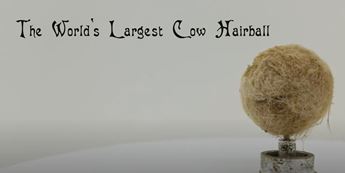 View
View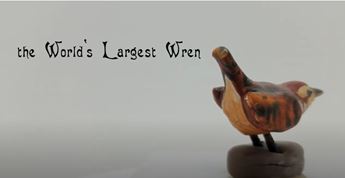 View
View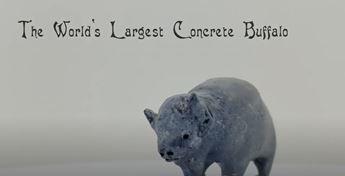 View
View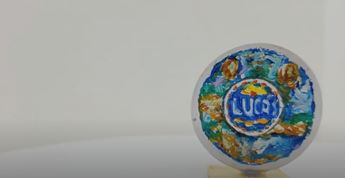 View
View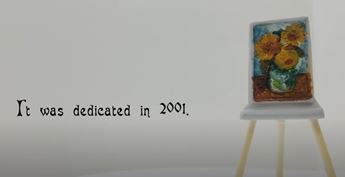 View
View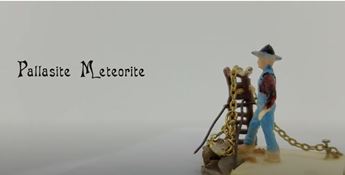 View
View

